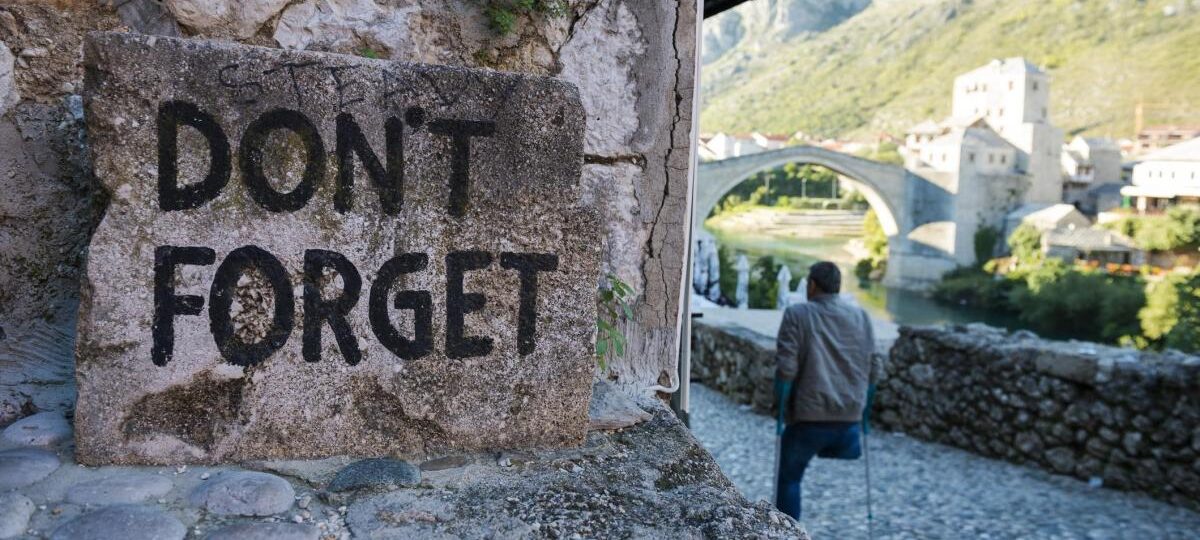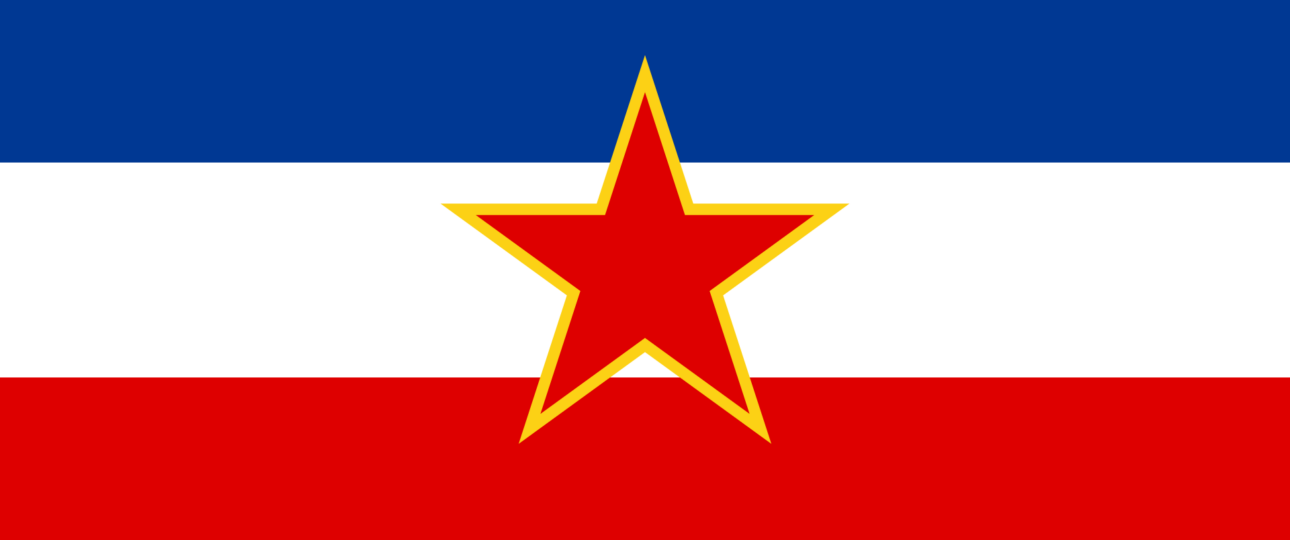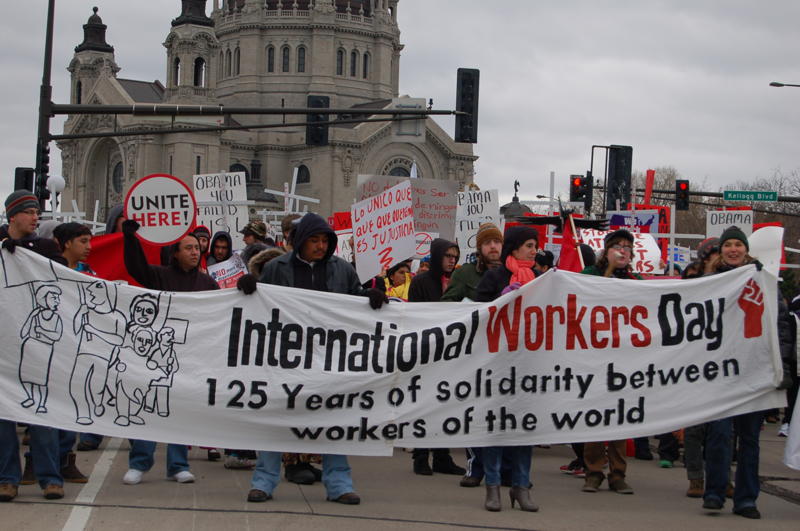The šargija is as much a piece of Bosnia’s heritage as the bridge that arches over the Neretva. Carved from wood, with a pear-shaped body and a long, narrow neck, it carries a sound that is both bright and warm. Its origins trace back to the Ottoman influence in the Balkans
A Rare Melody in the Streets of Mostar – Bosnian Soul Music




